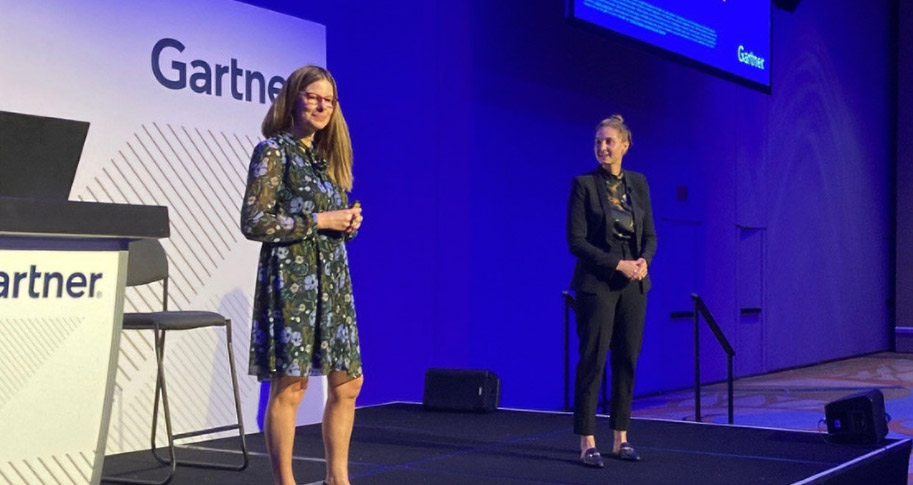
It’s here, in a series of store-level studies
(Release from the Journal of Retailing)
Deep discounting by retailers, accompanied by a blitz of promotions, is a long-established and well-accepted strategy for boosting brand and category sales. But relatively few studies have analyzed store-level data in an effort to compile systematic empirical evidence on the impact of deep discounting on such store performance metrics as traffic, sales, and profits. New research delves into the numbers to find out if the received wisdom is justified.
In “An Empirical Analysis of the Impact of Promotional Discounts on Store Performance,” Dinesh K. Gauri, a Walton College marketing professor, and co-authors Brian Ratchford, Joseph Pancras, and Debabrata Talukdar gathered data from 24 branches of a grocery chain in the Northeastern US over 49 weeks. Their analysis of several different metrics, to be published in the September 2017 issue of the Journal of Retailing, showed that that deep discounting is a valid strategy supported by the numbers, with the caveat that broad discounting in a category may lead to diminishing returns.
For each week in each of the two dozen stores, the authors compiled data on overall traffic, sales per transaction, and margin, for a total of 13,815 transactions, with a mean value of $15.44 and margin of 23.6 percent. They looked at the impact of loss leader strategies, including promotional expenditures, on penetration and frequency, impulse buying, stockpiling, and store brands. Besides confirming the legitimacy of the strategy in general, they unearthed insights that could help shape retailing strategy.
Among the findings that can give retailers an edge: the data showed that discounts on high-penetration, high-frequency items – staples such as meat and produce – and low-penetration, low-frequency items – fill-ins, like beer and spreads – led to increased traffic but lower sales per transaction, suggesting that these features tend to attract small-ticket customers. However, discounts in these categories were associated with higher margins, especially with the low-penetration, low-frequency category, suggesting that the smaller transactions generated by the discounts tend to contain an above-average number of high-margin items in addition to the discounted items – a result driven mainly by beer, which was featured almost every week.






